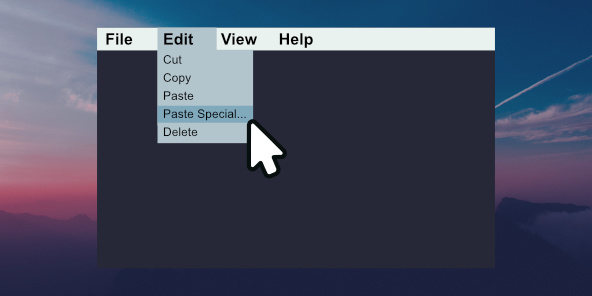
"The QAction class is versatile, allowing you to define various interface elements unified by their collective function, minimizing code duplication across the UI."
"Toolbars are a standard element in user interfaces, providing easy access to common tasks without the need for cumbersome menus."
"In Qt, toolbars can be implemented through the QToolBar class, which is integrated with a QMainWindow for setting up a user-friendly GUI."
"Migration from PyQt5 to PyQt6 involves some changes, including the availability of QAction from the QtGui module, making it essential for creating efficient UI."
The article focuses on user interface elements, specifically toolbars and actions in Qt for application development. It introduces the QToolBar class to create toolbars, emphasizing their role in simplifying tasks that would otherwise require navigation through menus. The QAction class is highlighted for its ability to define various UI components in a unified manner, enhancing efficiency and reducing code duplication. The piece also notes the transition from PyQt5 to PyQt6 regarding the integration of QAction within the QtGui module, streamlining the UI design process.
Read at Python GUIs
Unable to calculate read time
Collection
[
|
...
]